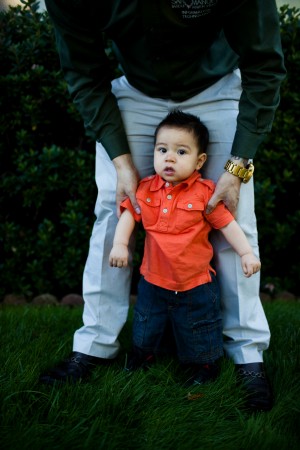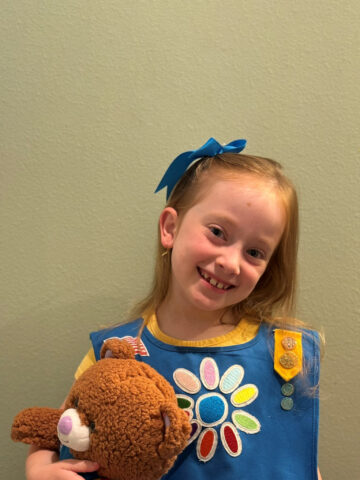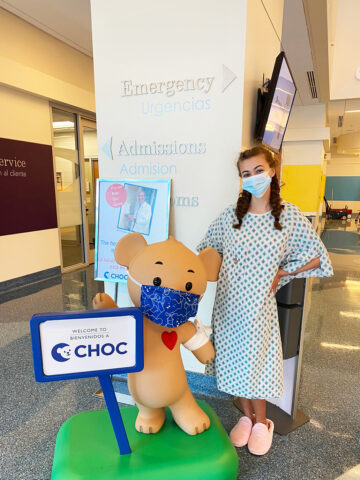Spotting a lump or bump on a child’s body would be scary for any parent, but mom and dad can rest assured: Hernias are common and their repair is among the most common procedures performed on kids, a CHOC pediatric general surgeon says.
Just in time for national Hernia Awareness Month, Dr. Mustafa Kabeer offers detailed information on this common ailment.
Hernias occur when part of an organ or tissue pushes through an opening or a weak spot in the abdominal wall and creates a protrusion which is visually present. Children with hernias are often born with them, and when a hernia is first noticed depends on when enough pressure is generated to allow other tissues to protrude through the weakened area, Dr. Kabeer says.
“Families or kids might see big or little bumps, and, in most cases, near the belly button or groin,” he says. “Sometimes in premature babies, we see hernias right when they’re born, and sometimes we don’t see them until the child is older.”
Though there are many varieties of hernias, Dr. Kabeer recommends that parents of young children make themselves aware of three types.
Epigastric hernias
First, epigastric hernias occur when a tiny portion of fat protrudes through the abdominal wall in the midline between the belly button and chest, creating a tiny bump a few millimeters wide.
“They can cause some discomfort and they don’t go away on their own,” Dr. Kabeer says. “When we find them, we fix them.”
Inguinal hernias
Secondly,inguinal hernias occur when part of a child’s intestine protrudes between the abdominal muscles and is seen as a bulge in the groin. Girls born with this type of hernia are more likely to have a protrusion on both sides.
This type of hernia is very common, especially in premature babies. This type of hernia should be repaired in a timely manner because, if left unfixed, they can cause discomfort and, on rare occasions, lead to the intestine being stuck in the hernia. This could cause obstruction and require a more urgent operation, says Dr. Kabeer.
“We want to fix these soon,” he says.

Umbilical hernias
Finally,umbilical hernias appear in babies born with a weakness in the belly button. This type of hernia is very common, and not something that should concern parents, Dr. Kabeer says.
Present when a baby cries, strains or coughs, these hernias cause no discomfort and rarely prompt larger problems, he says.
Dr. Kabeer estimates that 85 percent of umbilical hernias go away with time. That said, if a child still has a protrusion by age 3 or 4, CHOC surgeons will repair the hernia, Dr. Kabeer adds.
Physician can advise treatment
Parents who notice a hernia on their child’s body – particularly those near the groin or between the belly button and chest – should make an appointment with their pediatrician to help determine the type and course of treatment.
Though often harmless, some hernias prompt concern because the protruding organ or tissue can get stuck in the opening, which can compromise blood flow, Dr. Kabeer says. This can damage the protruding part, such as the intestines or even an ovary in girls.
Aside from the obvious bulge, symptoms of hernias can include pain and swelling. Babies who have an obstruction often exhibit abdominal distention, vomiting, redness and pain. If this occurs, parents should seek emergency treatment immediately, Dr. Kabeer cautions.
Short surgery, recovery
Should surgery be required to repair a hernia, the short procedure is performed under general anesthesia and requires no hospital stay, he says.
Recovery is also relatively fast following hernia repair surgery, Dr. Kabeer says. School-aged children are back to normal after about a week, and younger children recover even faster.
Learn more about surgery at CHOC.





